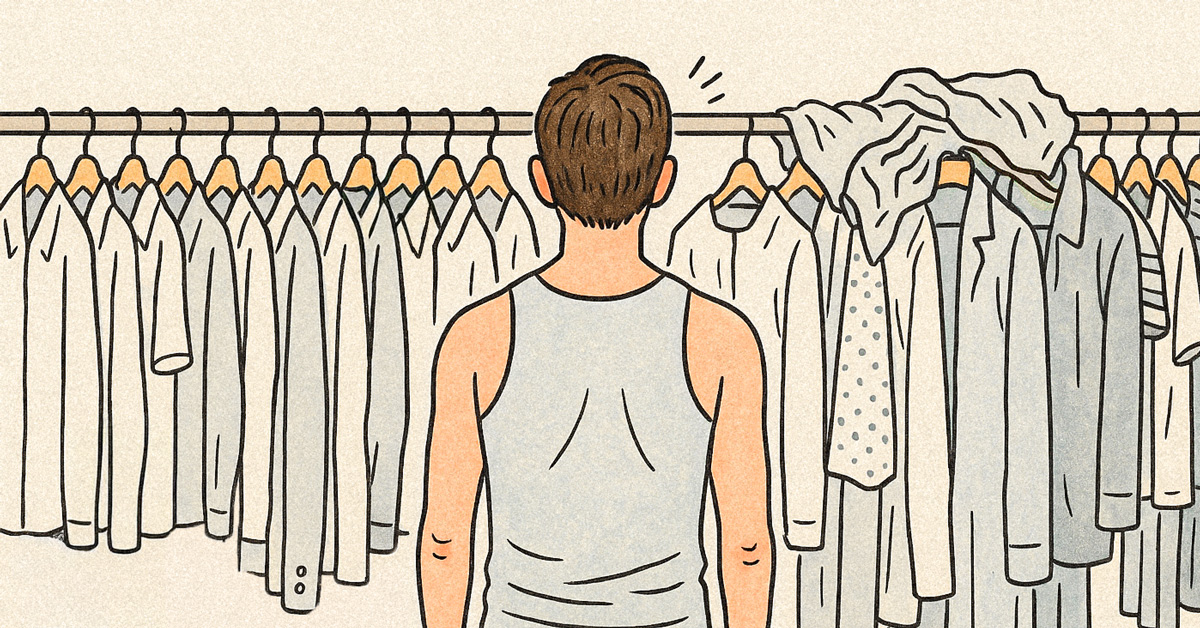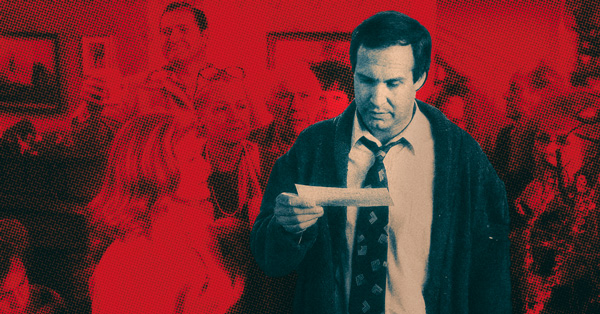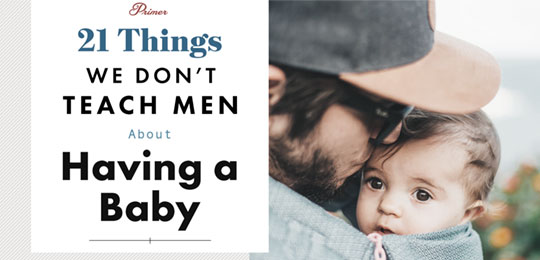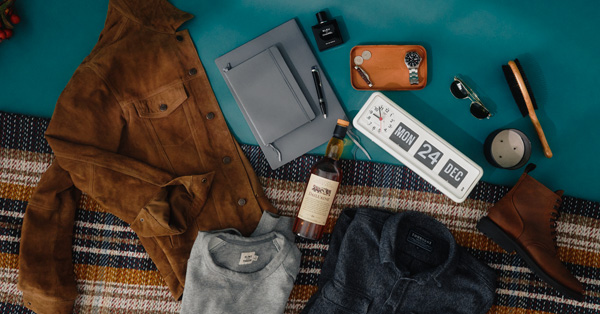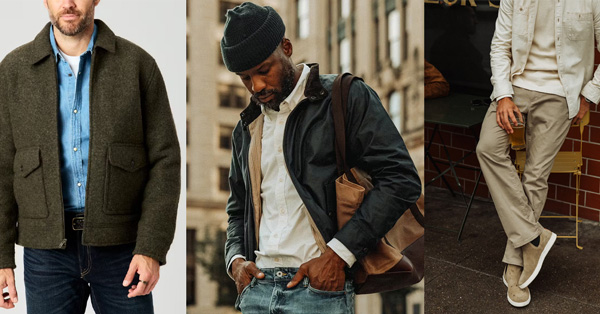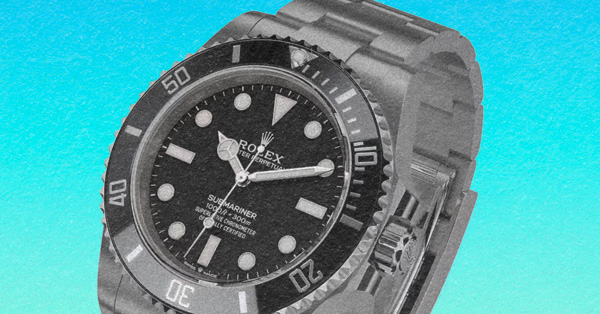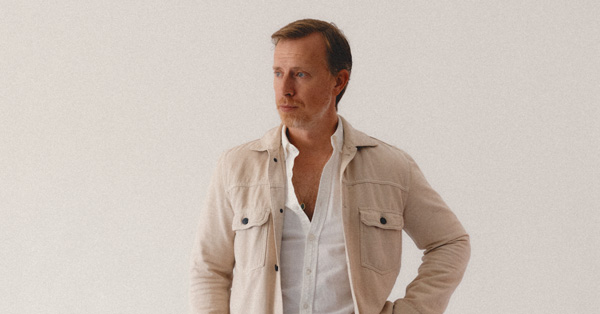Asked by Greg, newsletter subscriber since 2019
You ever stand in front of your closet and think, “I don’t hate any of this…but I don’t want to wear any of it either”?
It’s not that you’ve got bad clothes. They fit, they match, they’re technically “your style.” You don’t get rid of a lot of it because you wanttowant to wear it, you just never do.
Thats a “check engine” light, not a skill issue.
What you’re feeling is aesthetic fatigue, or, more specifically, identity drift. You’ve changed, even a little. You aged. Your priorities shifted. Your job feels different. You moved. Something internal recalibrated, and your closet didn’t get the memo.
The fatigue comes from looking at a closet that’s based on who you were three years ago. Or five. Or who you thought you needed to be to look “put-together.”
Most men don’t update their style until it’s out of alignment enough to feel uncomfortable. This is the moment before that moment.
You don’t need to burn it down. You need to listen to the friction:
Start with the things you always reach for, especially when you’re short on time, low on energy, or just not in the mood to think. That one plain pocket tee. The blue button up that’s never wrinkled. The faded black jeans that still feel like you even after years of wear.
I'm talking about the items you pull because you always feel solid when you wear them.

Don’t dismiss them even if you think it's just because they're “comfy” or “easy.” That’s the whole point. The fact that you wear them on autopilot matters. You trust them. You always feel confident and put-together when you wear them. They give you that subtle sense of relief, “I don’t have to think about this today.”
That’s the sensation we’re after. Ease. Quiet confidence.
Now flip the lens: as you identify those go-to pieces, start filtering the rest of your closet and anything you buy going forward through that feeling.
Not just “does this match?” but:
Does this give me the same kind of easeful confidence as my base pieces? Would it show up on the same moodboard?
Even if it’s a different dress level and wouldn’t be worn together (a blazer for work, a heavier boot for winter) does it contribute to the same sensibility?
Start asking:
– What pieces still feel like me?
– What do I reach for when I want to feel confident…but not costume-y?
– What do I never wear, even though it “should” work?
You’ll start to see a pattern. The color palette that’s slowly shifted. The types of silhouettes that feel stale. The pieces you keep out of guilt or nostalgia. Let ‘em go.
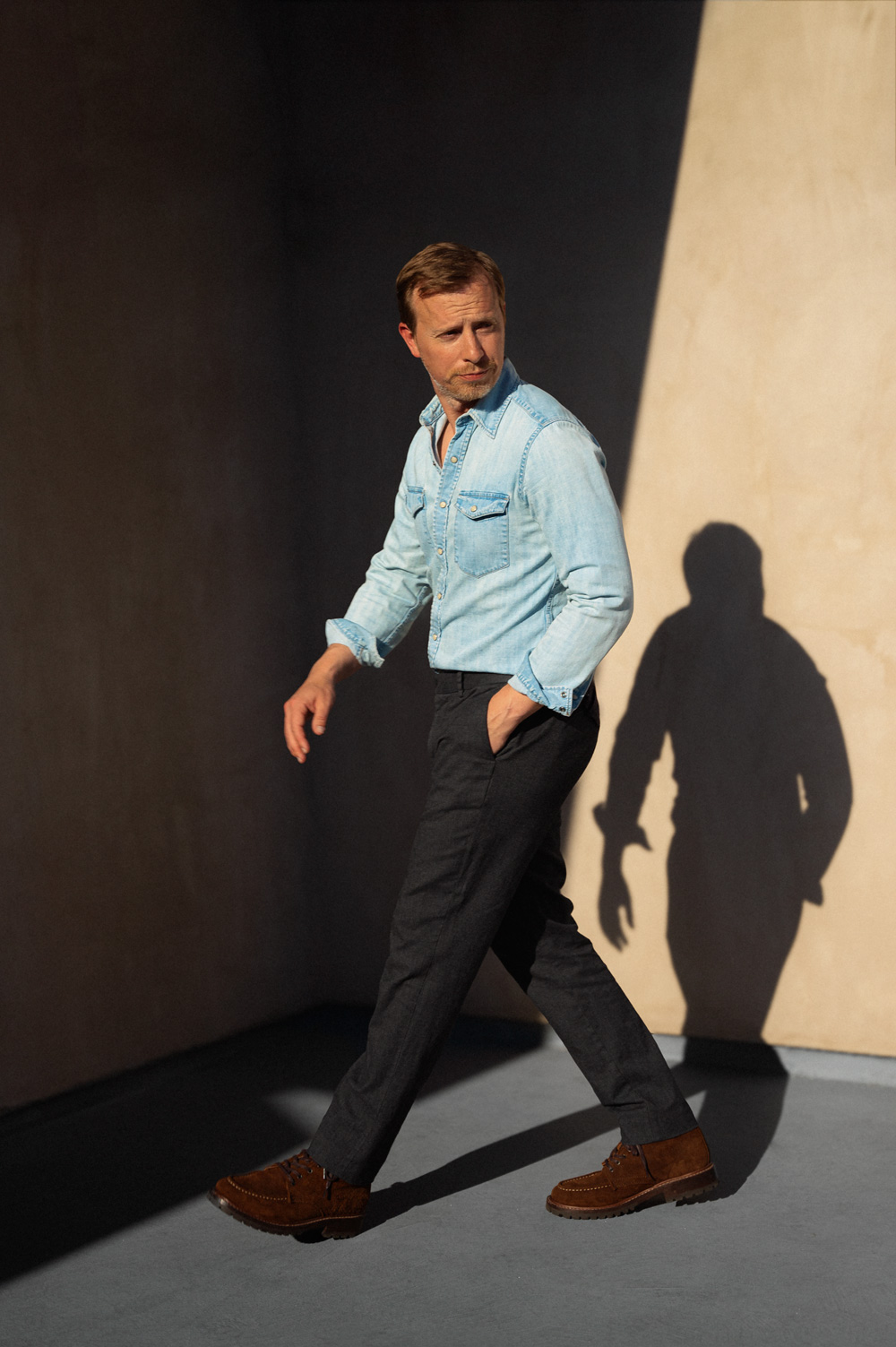
You’re not dressing the man you were. You’re dressing the man you are, with just enough room to grow.
If a piece asks you to perform, justify, or overthink, it’s not aligned.
If it supports that base feeling of calm readiness you’re getting warmer.
When your closet starts speaking a consistent language, you stop dreading having to translate it all when getting dressed.



